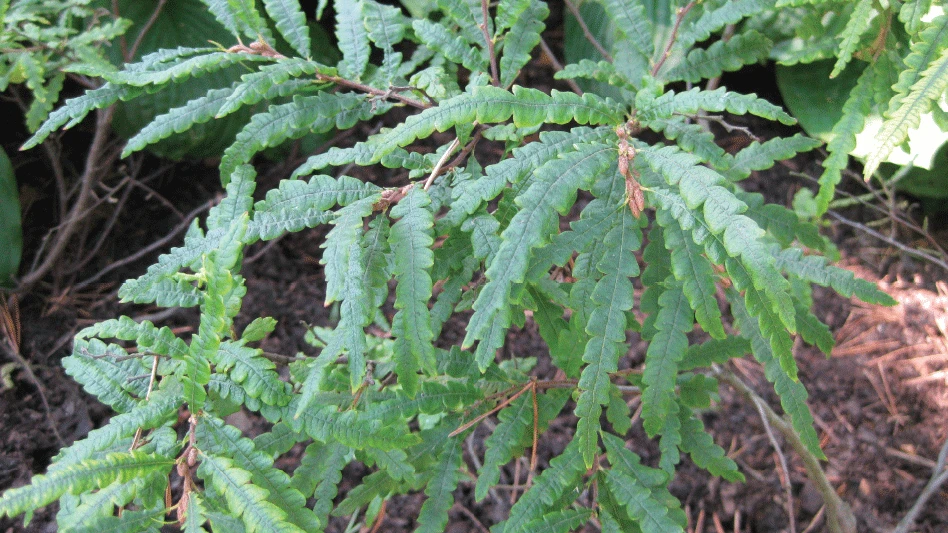
With the massive popularity of mixed containers today, chances are if you haven’t tried your hand at combinations, you’ve likely thought about it. And if you’ve tried it without some serious forethought and preparation, you may have ended up frustrated or less than satisfied with the results. It’s important to coordinate color, foliage
Meeting light requirements
Coordinating the light requirements of the components in your mixed container is a must.
This is especially important with ornamental grasses if you’re creating containers for shady areas. It will limit the different grasses that you can use, but it’s critical. For example, many popular ornamental
If you’re making shade-tolerant mixed containers and need a grass, consider using a Hakonechloa or grass-like plants such as Acorus or Carex.

Managing water requirements
It’s important to keep each plant’s water requirements in mind so that you don’t end up with perennials that love good drainage mixed in with grasses that like wet feet. Adjust your planting mix to suit the drier plants; it’s easier to water more often than to have plants sitting too wet.
Establishing the container
If you plan on using an ornamental grass in a container,
A good approach to consider: Establishing slower-growing perennials or grasses in the container with a placeholder pot for a faster growing ornamental grass.
For example, if you’re planning on using a fast-growing Pennisetum such as First Knight in your container with slower perennials, you may want to let the perennials establish in the container with an empty placeholder pot where the First Knight will eventually go. This will keep the First Knight from out-competing the slower plants while they establish and leave you with a healthier finished product.
Matching sizes
Many ornamental
Large aggressive grasses will also tend to outcompete slower growing perennials and should be planned for accordingly when used in combination. Increasing the size of the container can provide extra room for the perennials to grow. Again, this comes down to matching the container size to the application.


Explore the April 2018 Issue
Check out more from this issue and find your next story to read.
Latest from Nursery Management
- How impending tariffs and USDA layoffs impact the horticulture industry
- Shifting the urban environment
- These companies are utilizing plastic alternatives to reduce horticultural waste
- How to create a sustainable plant nursery
- Lamiastrum galeobdolon ‘Herman’s Pride’
- One of rarest plants on earth: Tahina spectabilis
- Leading Women of Horticulture: Angela Labrum, Bailey Nurseries
- Get to know Pat Reilly with NewGen Boxwood and the American Boxwood Society






